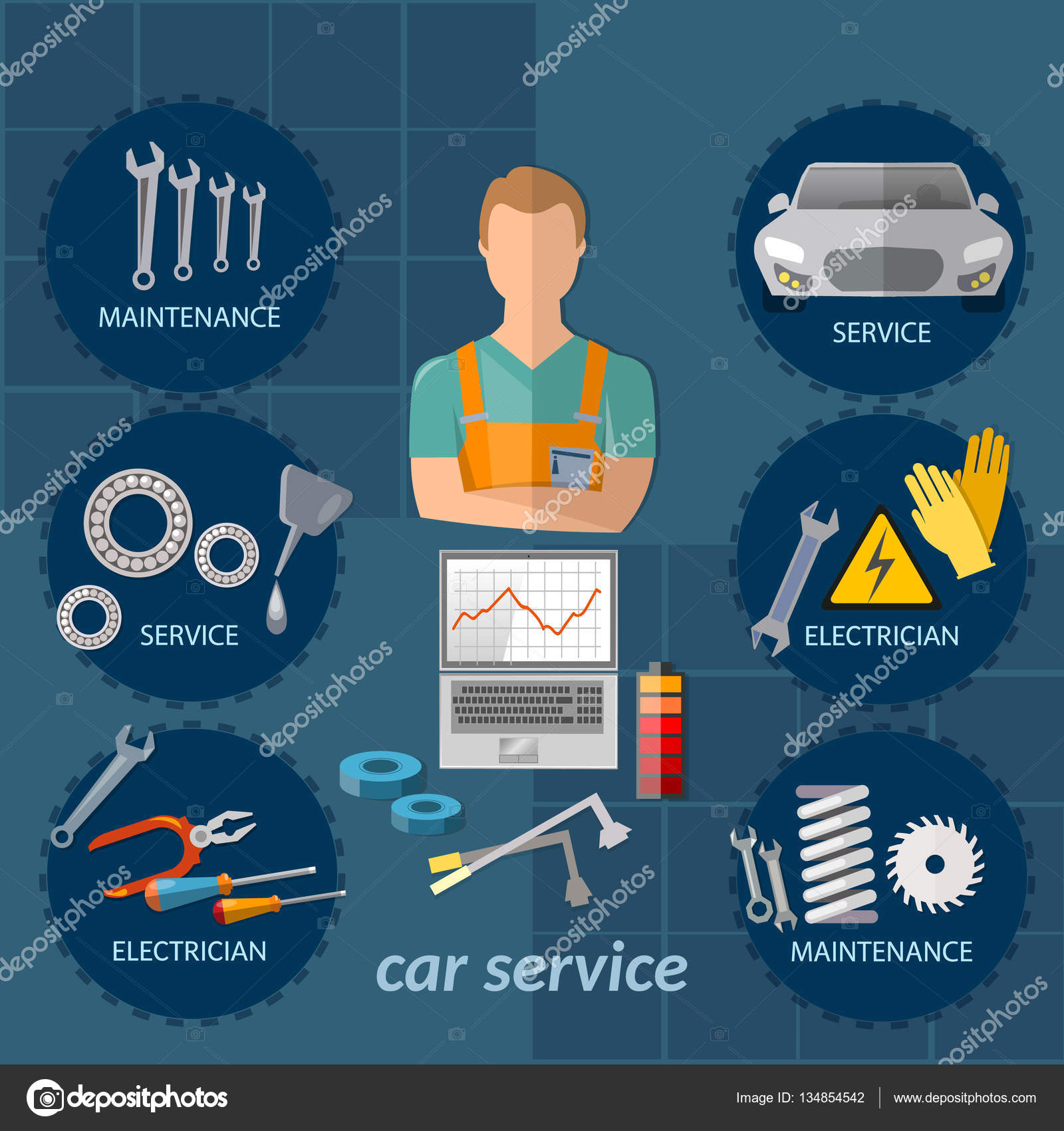Comprehending The Significance Of Your Automobile'S Warning Signals: What They Actually Represent
Comprehending The Significance Of Your Automobile'S Warning Signals: What They Actually Represent
Blog Article
Published By-Faulkner Alvarado
When you lag the wheel, those beautiful caution lights on your control panel can be a bit bewildering. Do mobile detailing service near me know what they're attempting to tell you about your car's wellness? Understanding the significance of these lights is important for your safety and security and the durability of your car. So, the next time among those lights appears, would not you wish to analyze its message properly and take the required steps to resolve it?
Common Warning Lights and Interpretations
Recognize usual caution lights in your automobile and understand their meanings to guarantee secure driving.
One of the most common caution lights include the check engine light, which signifies problems with the engine or emissions system. If this light begins, it's important to have your car checked quickly.
The oil pressure alerting light shows low oil stress, calling for immediate interest to stop engine damages.
A flashing battery light may suggest a malfunctioning billing system, possibly leaving you stranded otherwise dealt with.
The tire stress surveillance system (TPMS) light signals you to low tire pressure, affecting car stability and gas efficiency. Disregarding this can bring about dangerous driving problems.
The abdominal light suggests an issue with the anti-lock braking system, compromising your capacity to quit quickly in emergency situations.
Last but not least, the coolant temperature level advising light warns of engine overheating, which can cause serious damages otherwise fixed promptly.
Comprehending these typical caution lights will certainly aid you attend to problems immediately and preserve safe driving conditions.
Significance of Prompt Interest
Understanding the usual warning lights in your cars and truck is only the initial step; the relevance of immediately attending to these cautions can't be stressed sufficient to guarantee your security when traveling.
When a warning light brightens on your dashboard, it's your car's method of connecting a prospective concern that needs focus. Overlooking these warnings can cause extra serious issues later on, compromising your safety and potentially costing you a lot more out of commission.
Motivate attention to cautioning lights can avoid malfunctions and mishaps. For instance, a blinking check engine light could show a misfire that, if left unattended, could cause damages to the catalytic converter. Addressing this promptly can conserve you from a costly repair.
In a similar way, a brake system alerting light might signify reduced brake liquid or worn brake pads, crucial elements for your security when driving.
Do It Yourself Troubleshooting Tips
If you discover a caution light on your dashboard, there are a few DIY fixing suggestions you can try prior to looking for specialist aid.
The first step is to consult your car's handbook to comprehend what the certain warning light suggests. Sometimes the issue can be as straightforward as a loose gas cap activating the check engine light. Tightening the gas cap may settle the issue.
An additional typical problem is a low battery, which can trigger numerous warning lights. Checking the battery links for rust and guaranteeing they're safe and secure might repair the trouble.
If a warning light continues, you can try resetting it by disconnecting the vehicle's battery for a few mins and then reconnecting it. Furthermore, checking visit their website , such as oil, coolant, and brake liquid, can help repair alerting lights connected to these systems.
Conclusion
To conclude, understanding your cars and truck's warning lights is necessary for maintaining your lorry running efficiently and safely. By immediately attending to these informs and knowing what they indicate, you can prevent pricey repairs and possible breakdowns.
Bear in mind to consult your vehicle's guidebook for specific information on each cautioning light and do something about it accordingly to make sure a hassle-free driving experience.
Keep educated, stay safe when traveling!
